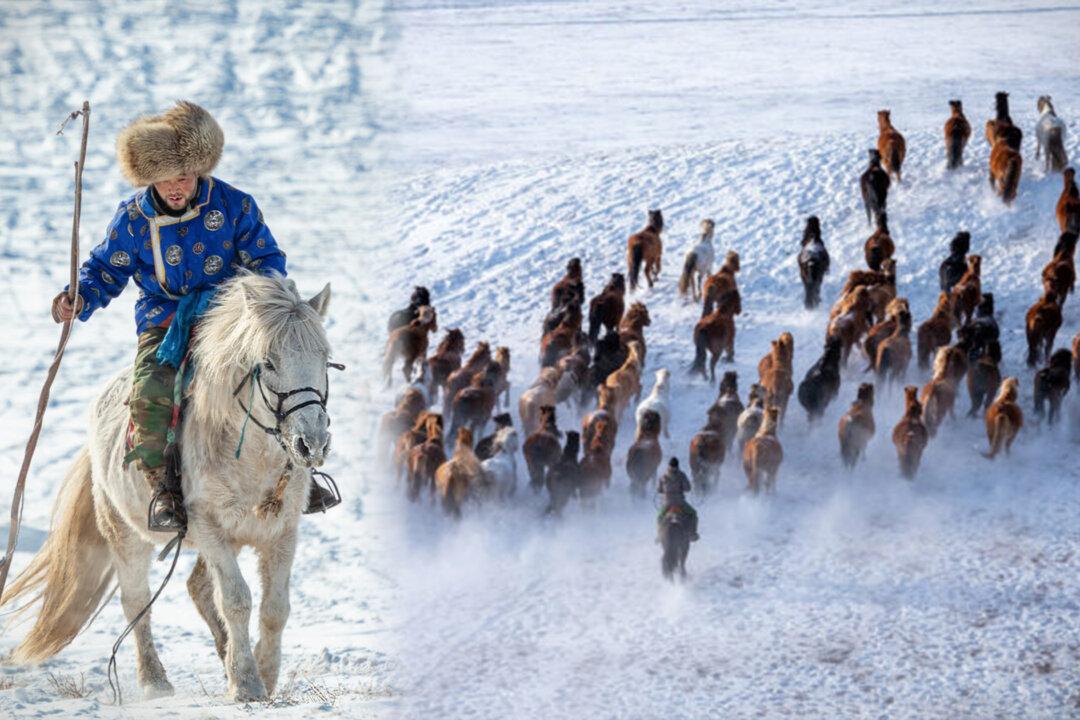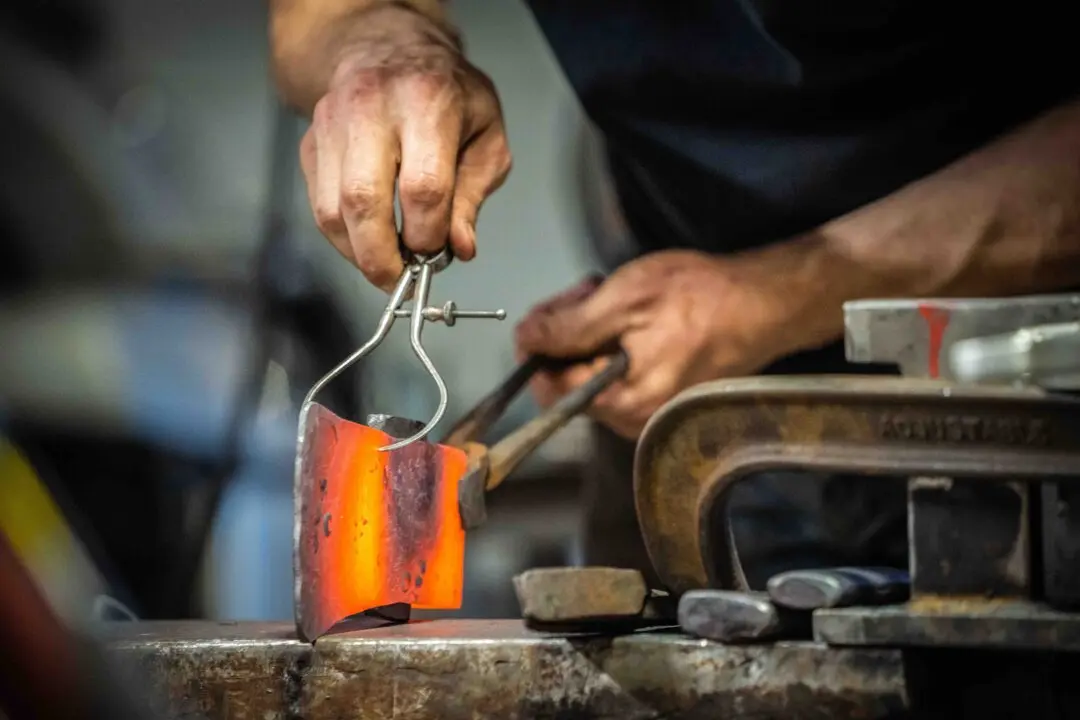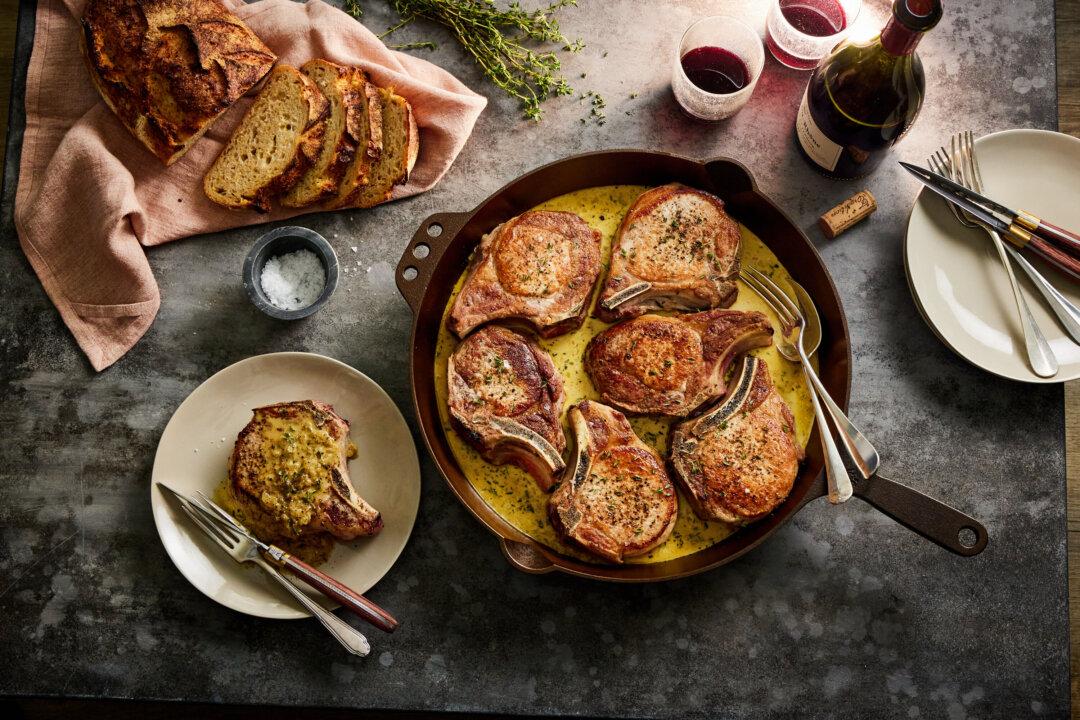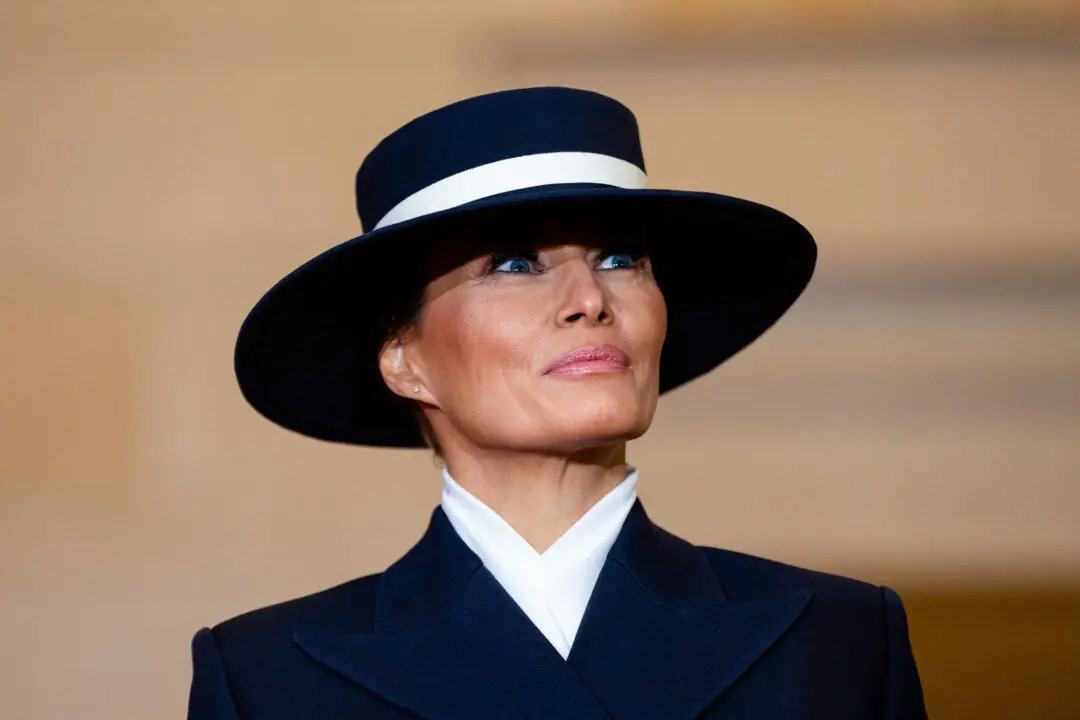Photographer Zay Yar Lin’s shots of Mongolian herdsmen charging across snow look as if straight out of a movie. But the pictures, taken during a traditional winter festival, represent a battle to preserve one of Earth’s sacred ways of life.
Recounting a conversation he had with one of the herdsmen he met on location, Lin told The Epoch Times they are maintaining Mongolia’s horse culture.






